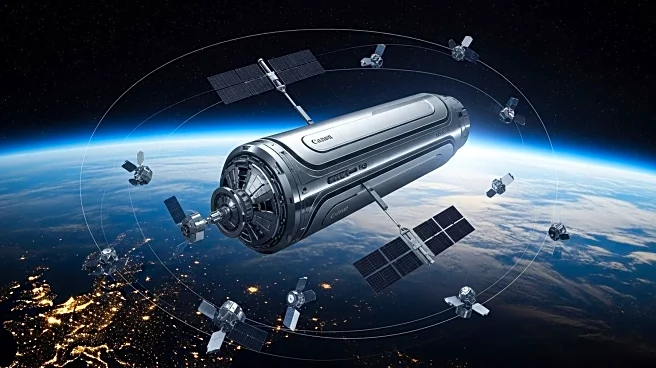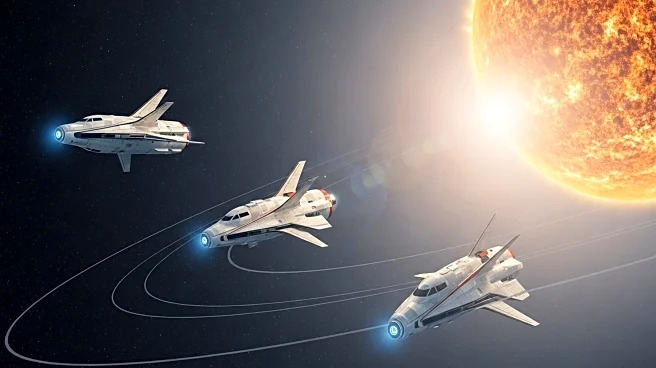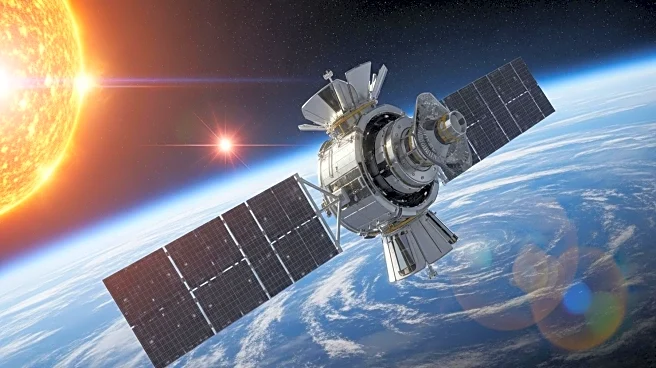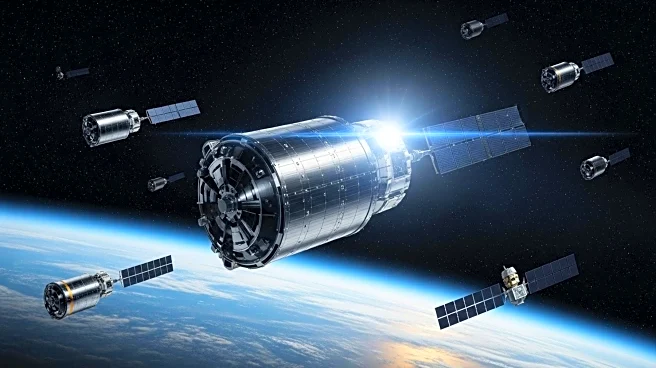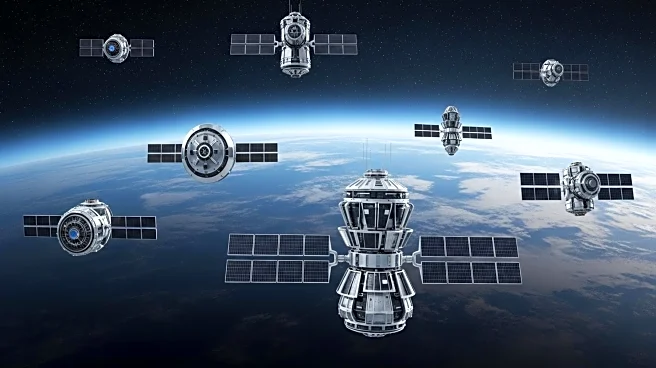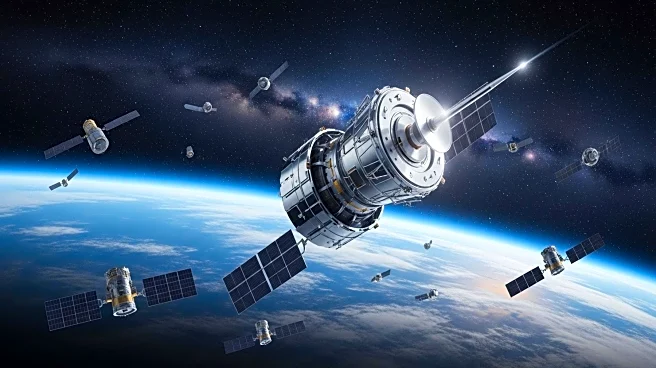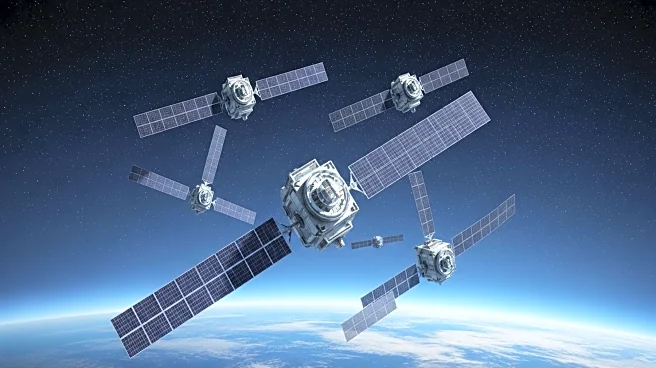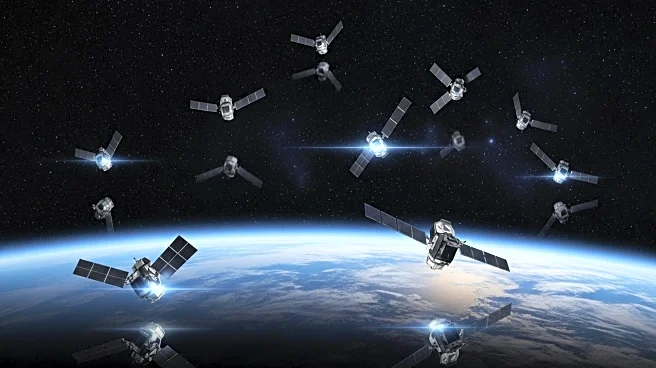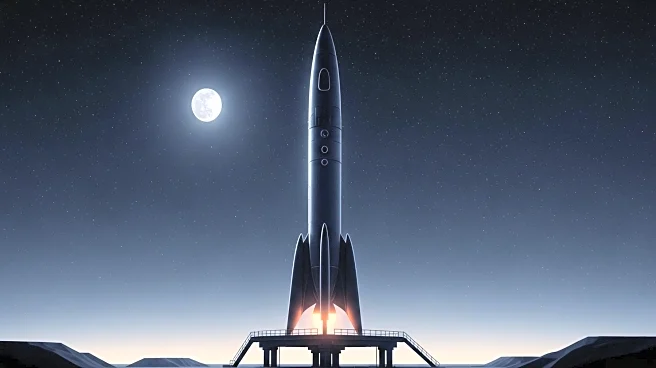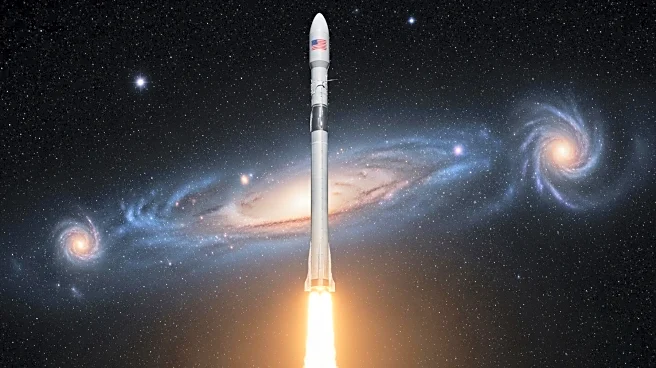What is the story about?
What's Happening?
SpaceX successfully launched 28 Starlink internet satellites into orbit from Florida on September 25. The launch was conducted using a Falcon 9 rocket from Cape Canaveral Space Force Station at 4:39 a.m. EDT. The rocket's first stage returned to Earth, landing on the SpaceX drone ship 'A Shortfall of Gravitas' in the Atlantic Ocean. This mission marked the 22nd flight for the booster designated B1080. The upper stage of the Falcon 9 continued to deploy the satellites into low Earth orbit, completing the deployment 64 minutes after launch. SpaceX has conducted 122 Falcon 9 missions in 2025, with over 70% dedicated to expanding the Starlink megaconstellation, which now includes more than 8,400 active satellites.
Why It's Important?
The expansion of the Starlink satellite network is significant for global internet connectivity, particularly in remote and underserved areas. By increasing the number of satellites, SpaceX aims to enhance internet access worldwide, potentially reducing the digital divide. The successful deployment of these satellites also demonstrates SpaceX's growing capabilities in space technology and its commitment to building a robust satellite network. This development could have implications for telecommunications industries, internet service providers, and consumers seeking reliable internet access.
What's Next?
SpaceX is likely to continue its aggressive launch schedule to further expand the Starlink constellation. As more satellites are deployed, the company may focus on improving service quality and expanding coverage areas. Additionally, regulatory and competitive dynamics in the satellite internet market may evolve as other companies seek to enter the space. Stakeholders, including governments and telecommunications companies, will be monitoring these developments closely.
AI Generated Content
Do you find this article useful?
